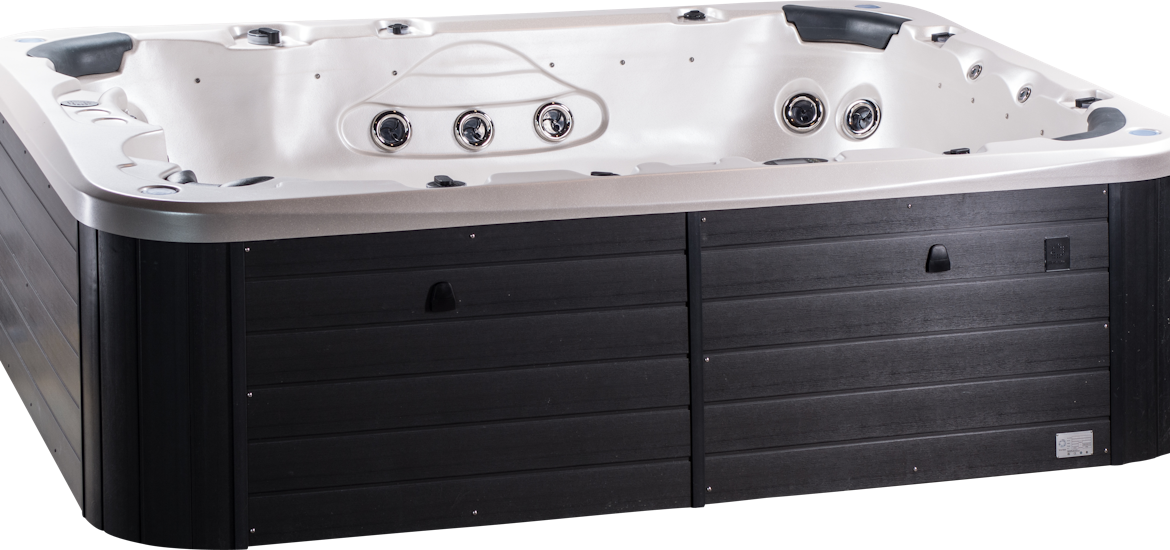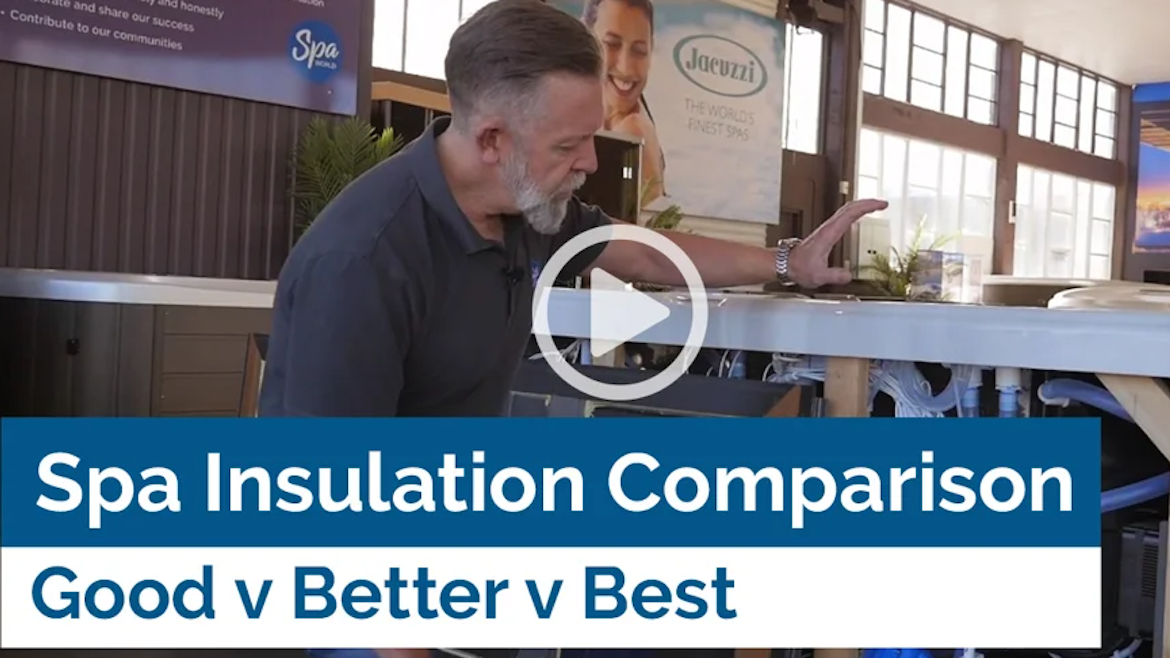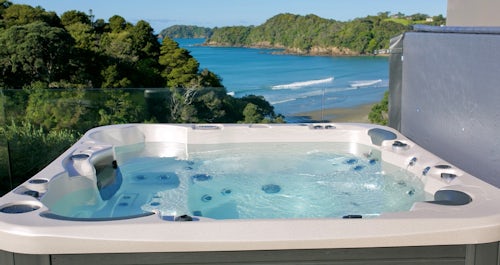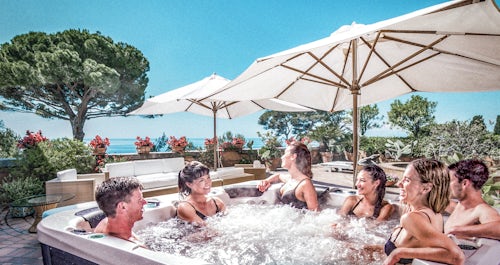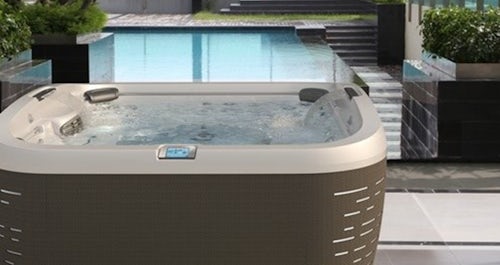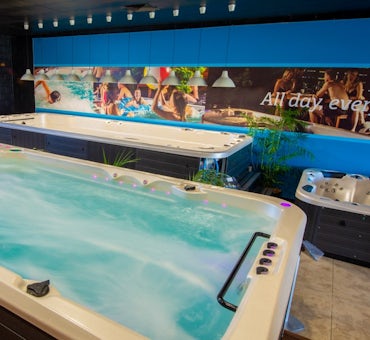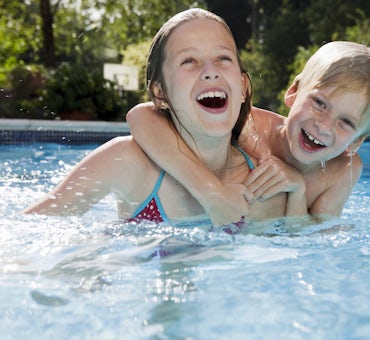In colder climates, spas and swim spas lose heat from their water, requiring the heater to turn on to hold the spa at the preset temperature. The poorer the insulation, the quicker spas cool, the longer the heater stays on and the higher the power bill.
There are three main ways spas and swim spas are insulated and each method has positives and negatives.
Types of spa and swim spa insulation:
- Insulation foam sprayed on the spa's shell
- Full foam insulation inside the spa cabinet
- Perimeter or cabinet insulation
Want to look inside the cabinet to understand how these spa insulation types differ? Watch the comparison video below.
You can also read on to learn more about the three types of spa and swim spa insulation and the pros and cons of each option.
